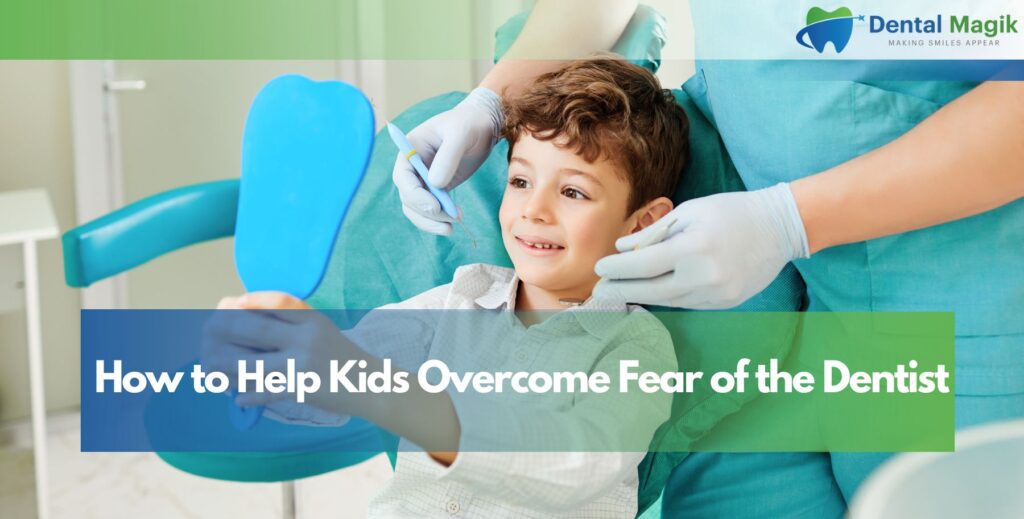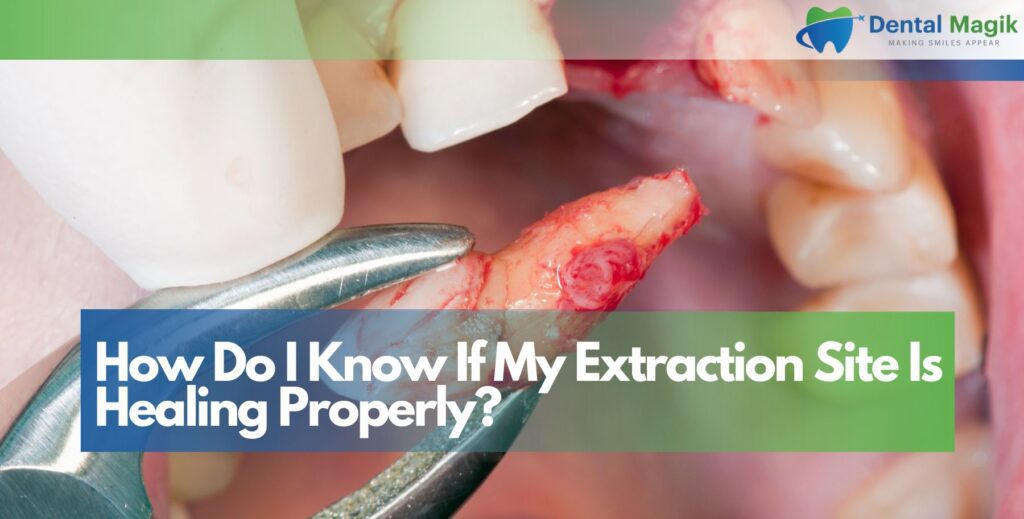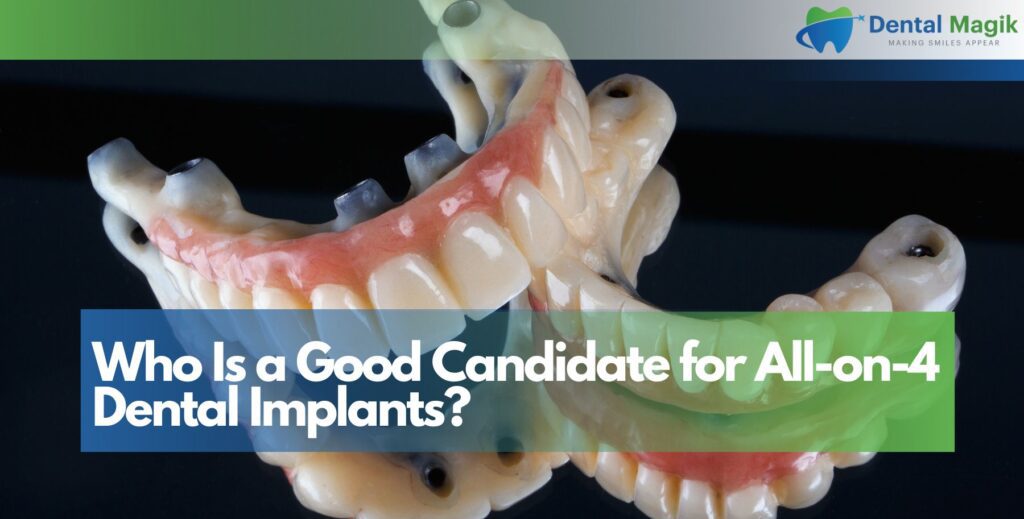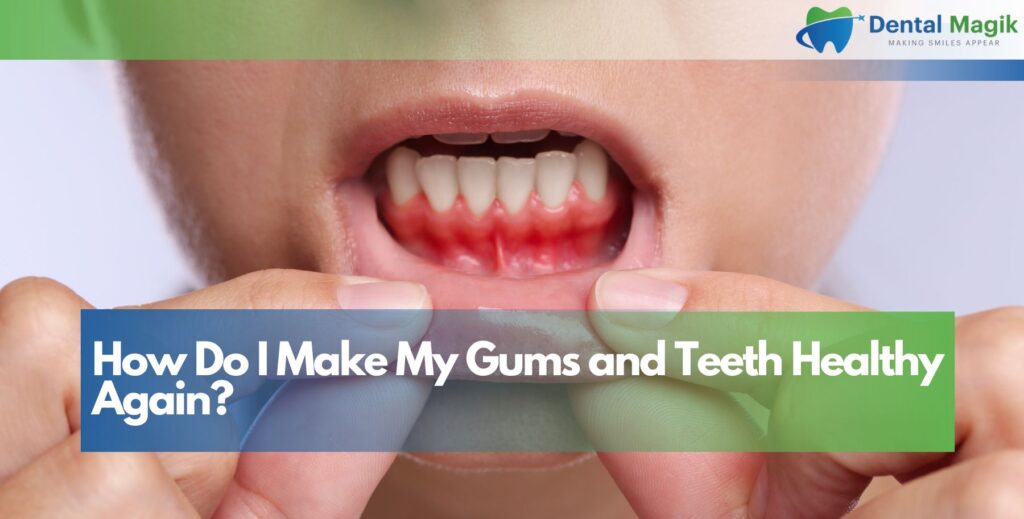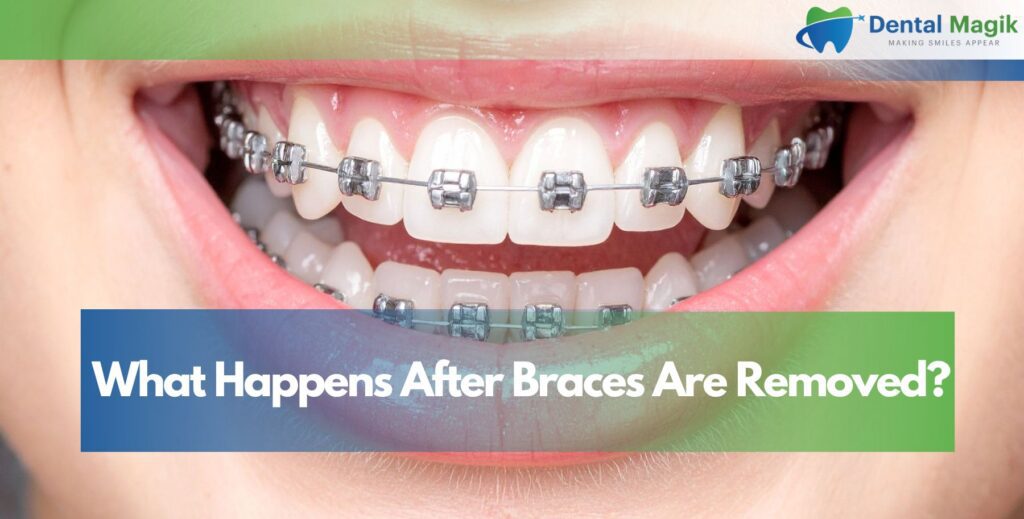For many children, a trip to the dentist can feel overwhelming. Strange noises, bright lights, unfamiliar equipment, and the thought of discomfort can make them anxious. Parents often struggle with how to manage their child’s dental anxiety while ensuring they receive proper care. The good news is, with the right approach, you can help your child feel calm and even positive about dental visits.
This guide explains practical and effective ways to help kids overcome fear of the dentist, starting from building comfort at home to preparing them for treatments. It also shows how pediatric dentists work to create child-friendly environments that encourage trust and confidence.
Why Kids Develop Dental Anxiety
Children often experience dental anxiety due to fear of the unknown, early negative experiences, or sensory sensitivities. Loud dental tools, bright lights, and strange environments can feel intimidating. Sometimes, kids mirror their parents’ fear of dental visits, which reinforces anxiety. Understanding these triggers helps parents prepare their children better.
Early Negative Experiences
One of the most common reasons children fear the dentist is an unpleasant experience. If a child has gone through painful treatment or saw another child upset during a visit, it can create long-lasting anxiety.
Fear of the Unknown
New places, unusual smells, and loud dental tools can be intimidating. For kids, not knowing what to expect often builds fear.
Parental Influence
Children often mirror their parents’ attitudes. If parents express fear or stress about dental visits, children may adopt the same mindset.
Sensory Sensitivities
Bright lights, unusual tastes, or the sound of dental equipment can trigger discomfort for sensitive children, especially those with sensory processing issues.
The Importance of Overcoming Dental Fear in Kids
Helping children manage fear of the dentist is crucial. If fear is left unaddressed, it can lead to:
- Avoidance of dental visits.
- Poor oral hygiene and untreated dental problems.
- Greater risk of cavities, gum disease, or misalignment.
- Higher chances of dental phobia persisting into adulthood.
By addressing anxiety early, parents set the foundation for lifelong healthy dental habits.
How Parents Can Prepare Kids Before the Dental Visit
Parents can ease a child’s fear of the dentist by talking positively about dental visits, reading books about oral care, and role-playing checkups at home. Explaining what will happen in simple, friendly terms builds familiarity and reduces stress. Preparation creates trust, making dental visits smooth and less overwhelming.
Talk Positively About the Dentist
The way parents describe dental visits can shape their child’s outlook. Avoid words like “pain” or “hurt” and instead focus on positive language such as “clean teeth” or “healthy smile.”
Use Books and Stories
Children’s books and animated videos about dental checkups can make the experience feel more familiar and less intimidating.
Role-Play at Home
Pretend play where the child is the dentist or patient can help normalize the process. Parents can count their child’s teeth with a toothbrush and show them how fun it can be.
Explain What Will Happen
Keep explanations simple and age-appropriate. For example: “The dentist will count your teeth and clean them with a special brush.”
Choosing the Right Pediatric Dentist
A pediatric dentist is specially trained to care for children and reduce anxiety. They create a welcoming, child-friendly environment with smaller tools, gentle communication, and fun distractions. Choosing the right dentist ensures kids feel safe and comfortable, making regular dental visits a positive part of their healthcare routine.
Why Pediatric Dentists Are Better for Kids
A pediatric dentist specializes in treating children. They are trained to manage dental anxiety, communicate with children effectively, and create a child-friendly environment.
Features of a Child-Friendly Dental Clinic
- Bright, welcoming décor with toys and games in the waiting area.
- Smaller tools designed for children’s mouths.
- Staff trained in positive reinforcement and gentle communication.
Building Trust With the Dentist
When kids feel comfortable with their dentist, anxiety decreases significantly. Choosing a family-friendly dental clinic can make all the difference.
Techniques Dentists Use to Reduce Fear
Pediatric dentists use proven techniques like Tell-Show-Do, where they explain and demonstrate before treatment, building trust. Positive reinforcement, playful distractions like cartoons, and gentle reassurance also help. In cases of severe anxiety, safe sedation may be considered. These strategies ensure children feel calm, supported, and confident during their dental care.
Tell-Show-Do Technique
Pediatric dentists often explain the procedure in simple words, show the tools, and then gently perform the task. This builds trust and reduces surprises.
Positive Reinforcement
Compliments and small rewards like stickers encourage cooperation and create positive associations.
Distraction Techniques
Dentists may use cartoons, music, or toys to divert the child’s attention during treatment.
Sedation Dentistry (For Severe Anxiety)
In rare cases, when fear is extreme, dentists may suggest mild sedation to help children relax during necessary treatments.
Creating a Positive Dental Experience at Home
Parents can shape a child’s attitude toward dental care by encouraging daily brushing, avoiding negative talk about dentists, and modeling good habits themselves. When children view oral hygiene as fun and normal, dental visits feel less intimidating. A positive home environment builds confidence, making kids more cooperative at the clinic.
Daily Oral Care Habits
When kids brush and floss regularly, visits become easier and less invasive. Parents should supervise brushing with fluoride toothpaste and teach flossing as soon as teeth touch.
Avoid Negative Talk
Never use the dentist as a threat. Phrases like “If you don’t brush, the dentist will pull your teeth” can increase fear.
Model Good Behavior
When children see parents visiting the dentist calmly, they are more likely to view dental care as normal and safe.
Special Tips for Different Age Groups
Dental care for kids changes as they grow. Toddlers need gentle introductions, preschoolers benefit from role-play, school-age children require guidance with brushing and flossing, and teens need extra support with orthodontics. Tailoring strategies to each stage helps reduce anxiety, encourages responsibility, and creates lifelong healthy oral habits.
Toddlers (Ages 1–3)
Start dental visits early—ideally by the child’s first birthday. This helps normalize dental checkups and reduces fear later.
Preschoolers (Ages 3–6)
Engage in fun role-play at home, use positive language, and encourage questions about the dentist.
School-Age Children (Ages 6–12)
Teach responsibility by allowing them to track their brushing and flossing routines. Encourage them to talk to the dentist directly.
Teenagers (Ages 13–18)
Teens may feel embarrassed about dental procedures, especially orthodontics. Address their concerns seriously and explain the long-term benefits of healthy teeth and braces.
Overcoming Common Triggers of Fear
Common dental fears in kids include needles, noise, and separation from parents. Dentists use smaller tools, numbing gels, headphones, or allow parents nearby to help. Reassuring children and focusing on comfort eases stress. Addressing these dental anxiety triggers early ensures smoother treatments and builds trust with the dental team.
Fear of Needles
Dentists can use numbing gels, distraction techniques, or smaller needles to reduce discomfort. Parents should reassure kids without focusing too much on the injection.
Fear of Noise
Headphones, music, or dental offices that play cartoons can help reduce noise-related anxiety.
Fear of Separation from Parents
Some kids prefer having parents nearby during treatment. Pediatric dentists usually accommodate this, especially during early visits.
The Role of Consistent Dental Visits
The more regularly kids see their dentist, the less intimidating it becomes. Routine checkups every six months build familiarity, helping children understand that most visits are quick and painless. Preventive care also reduces the need for complex treatments that may cause fear.
Long-Term Benefits of Reducing Dental Anxiety in Kids
Children who overcome dental fear are more likely to:
- Maintain healthy teeth and gums throughout life.
- Develop confidence in medical environments.
- Avoid complex dental issues due to consistent care.
- Carry positive oral health habits into adulthood.
By investing effort into helping kids feel comfortable at the dentist, parents are investing in their child’s lifelong health.
Conclusion
Helping children conquer fear of the dentist requires patience, preparation, and the right professional support. By starting early, talking positively, choosing a skilled pediatric dentist, and building trust, parents can make dental care an easy and even enjoyable experience for their kids.
For compassionate and child-friendly dental care, always consult an experienced Dentist in East Brunswick, NJ.
FAQs
At what age should kids first visit the dentist?
By age one or within six months after the first tooth appears.
How can I prepare my child for their first dental visit?
Talk positively, use storybooks, and role-play dental checkups at home.
What if my child refuses to sit in the dental chair?
Pediatric dentists are trained to handle this gently with distraction and positive reinforcement.
Are sedation options safe for children with severe dental anxiety?
Yes, mild sedation is safe when administered by qualified pediatric dentists for specific cases.
How often should kids go to the dentist?
Every six months, or more frequently if your dentist recommends it.
Can parents’ dental fears affect children?
Absolutely. Kids often adopt their parents’ attitudes, so staying calm and positive is important.
Do pediatric dentists handle children with special needs?
Yes, most pediatric dental clinics are equipped to support children with different medical or behavioral needs.

